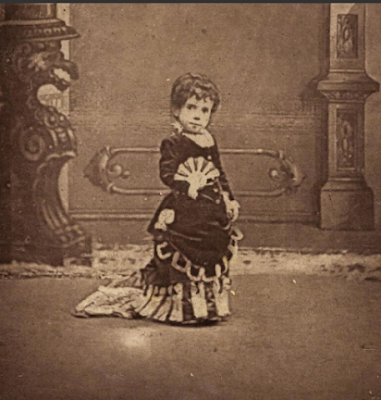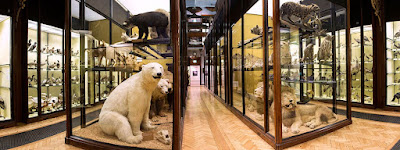01/04/2024
ZYLPHIA SARAH FOX
27/11/2023
ADA LOVELACE AND THE DIFFERENCE ENGINE...
Ada Lovelace December 10th 1815 - November 27th 1852
07/09/2023
DR KAHN'S OXFORD STREET MUSEUM
05/09/2023
A READING FROM THE FASCINATION ...
To celebrate my new Victorian gothic novel entering the Sunday Times Best Seller List at number 10, I'd like to post a very short reading from the first pages of The Fascination. But first of all, here is a brief description of what the novel is about...
Victorian England.
A world of rural fairgrounds and glamorous London theatres.
A world of dark secrets and deadly obsessions…
Twin sisters, Keziah and Tilly Lovell, are identical in every way, except that Tilly hasn't grown a single inch since she was five. Coerced into promoting their father's quack elixir as they tour the country fairgrounds, at the age of fifteen the girls are sold to a mysterious Italian known as ‘Captain’.
Theo is an orphan, raised by his grandfather, Lord Seabrook, a man with a dark interest in anatomical freaks and other curiosities. Resenting his grandson for his mother’s death in childbirth, when Seabrook remarries and a new heir is produced Theo leaves his home without a penny to his name, finding employment in a London Museum of Anatomy where, by chance, he meets with Captain – and in turn with a theatrical ‘family’ of performers, freaks, and outcasts. But it is Theo’s fascination with Tilly and Keziah that will lead all of them into a web of deceits, where the darkest of secrets threaten everything they know…
Exploring universal themes of grief, loss and love, the power of redemption, and what it means to be unique, The Fascination is a bewitching gothic novel that brings alive Victorian London – and all the darkness and deception beneath the glitter of the surface.
01/06/2023
THE FASCINATION BY ESSIE FOX. A NEW VICTORIAN GOTHIC NOVEL ...
My new Victorian gothic novel is called The Fascination. It was published on June 22nd and became an instant Sunday Times Best Seller.
It's a book that became very important to me - being about finding acceptance in a world where anyone different is at risk of scorn or abuse, or used for entertainment purposes. The story has settings in the Victorian rural fairgrounds, the glamour of the London theatres, and an anatomy museum in a shop in Oxford Street, based on one that did exist, which you can read about here. The plot surrounds twin sisters, Tilly and Keziah Lovell, identical in every way except that one of them stopped growing at the age of only five ... and in due course her size and beauty draws a lot of attention; not all of it desirable.
I've written a few posts already that detail some of my research. One of them was about Princess Lottie, a tiny midget of a woman who found fame in touring 'freak shows', drew the attention of Karen Coles when I posted it on Twitter. Karen wrote to me with photos from an album in her family - one that was presented to her great great grandmother back in the Victorian era.
 |
| Barnum and General Tom Thumb |
When I saw the photographs I noticed something familiar - recognising Charles Stratton who performed as General Tom Thumb in P T Barnum's touring circus, and who I've written about previously on the Virtual Victorian. How and why Karen's relation came to be in possession of the photographs is something of a mystery, but what a historical treasure. And a dedication from Stratton himself!
The Fascination is published on June 22 by Orenda Books. Pre-order from the publisher, via Amazon, or through your local bookshop. There are really beautiful special signed copies for the independent bookshops, and the novel will be featured as the book of the month for the Goldsboro Books June Premier edition. The audio book will be narrated by Lucy Scott.
14/02/2023
RIDDLE OF A CURIOUS LOVE LETTER ...
12/02/2023
STUFFED MONKEYS AND DOGS ...
23/11/2022
THE SPIRIT ENGINEER: THE GHOSTLY INVESTIGATIONS OF WILLIAM JACKSON CRAWFORD ...
19/11/2022
TURKISH BATHS AND THE PERFUME OF 'HAMMAM BOUQUET'...
 |
| Photograph by Sarah Whittingham, from a display at Sambourne House, in London |
 |
| An advertisement for the Southampton Turkish Bath |










%5B1%5D.jpg)



































